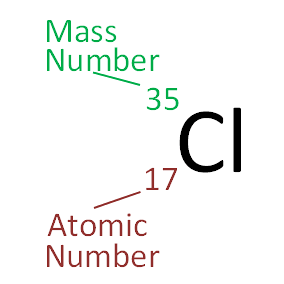
Chlorine is a component with mercury in the sulfate mineral kleinite. It appears with copper in the sulfate mineral connellite. Chlorine appears with copper in atacamite.Ĭhlorine appears in the phosphate mineral chlorapatite. Chlorine is in the lead-containing carbonate mineral phosgenite. Other lead-containing chloride minerals are boleite, cumengite and laurionite. Lead with chlorine and fluorine form matlockite. A chloride of lead and antimony is nadorite, PbSbO 2Cl. A chloride of copper and lead is diaboleite. From simple clear ionic crystals like halite, NaCl, to more complex halide containing minerals like the yellow crystals of mimetite, Pb 5(AsO 4) 3Cl, chlorides show a range of colors.One lead chloride mineral is mendipite, PbO 2Cl 2. The atomic mass or relative isotopic mass refers to the mass of a single particle, and therefore is tied to a certain specific isotope of an element. This forms hydrochloric acid, a very strong acid.Ĭhlorine is a constituent of many mineral crystals. The gas dissolves readily in water with the liberation of heat.

Hydrogen chloride, HCl, is a gas with a sharp unpleasant odor. This has led to widespread use in the sterilization of drinking water, for swimming pools, etc. It is manufactured on a large scale by electrolysis of concentrated solutions of sodium chloride.Ĭhlorine is a strong oxidizing agent and as a result is effective in killing bacteria. In pure form, it is a greenish-yellow gas with a sharp, irritating odor. It is not as chemically active as fluorine, but is still very active and forms compounds with most elements. Chlorine is the most common of the halogens.


 0 kommentar(er)
0 kommentar(er)
